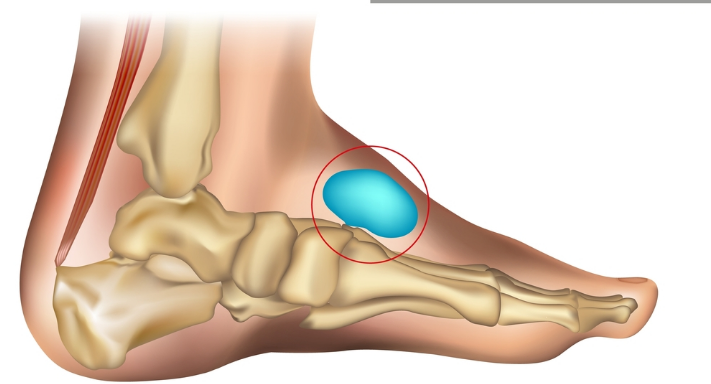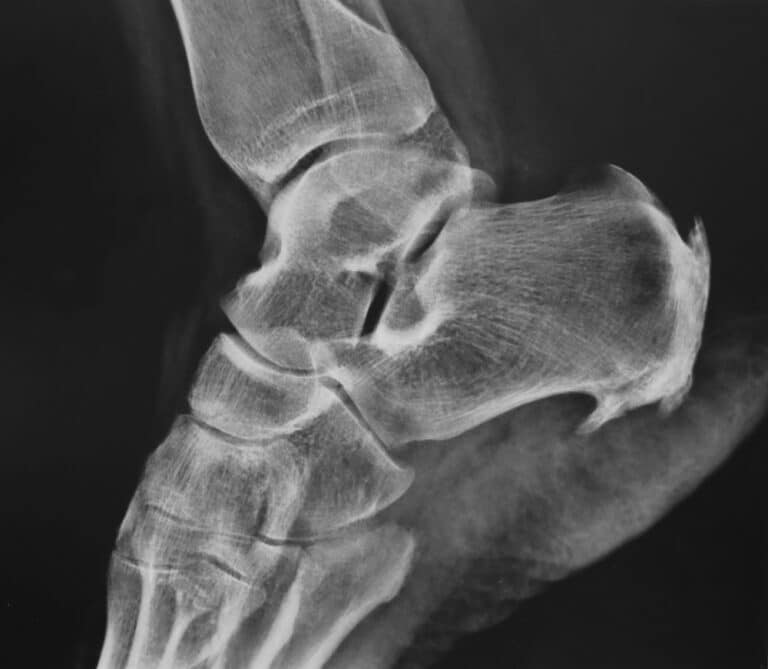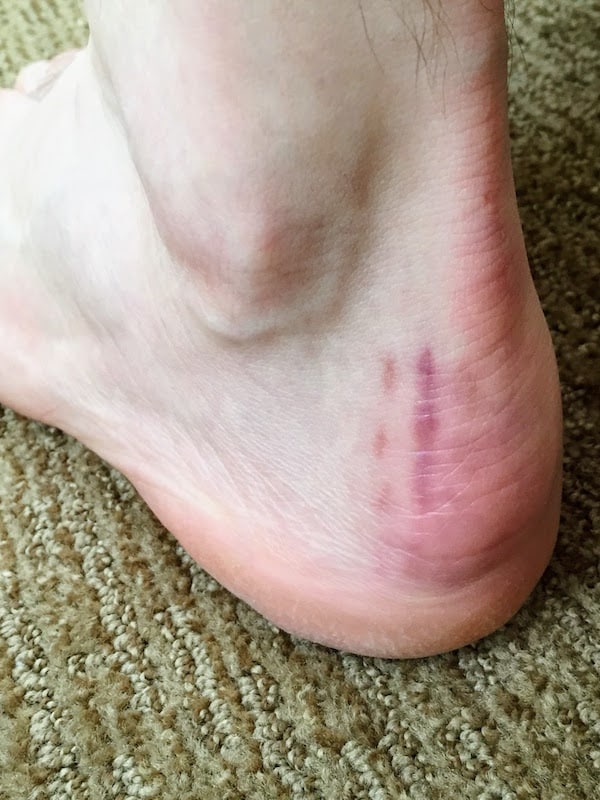A bunion is one of the most painful foot deformities – it often affects everyday activities and makes it difficult to walk or run. Luckily, bunion surgery can fix everything, but there are many types of bunion surgery, so how will you know which one would be the best fit for you? Read all about these surgical techniques and consult with your doctor before you schedule the surgery.
What Is Bunion Surgery?
Bunion surgery is a common podiatric procedure with the goal of correcting a bunion deformity, which is a bony protrusion at the base of the big toe. The procedure realigns the bones, ligaments, or tendons in order to bring back the big toe to its normal position. This surgery is the last option after all the conservative methods fail to relieve the pain.

What Types of Bunion Surgery Are There?
Bunion surgery, or a bunionectomy, is not just one surgical technique – there are many different procedures. Which one you’ll need depends on the complexity of your case. All the techniques can be divided into two groups – traditional and minimally invasive bunion surgeries. Minimally invasive procedures are more popular since they are easier to recover from, and there is way less damage to the tissues.
Minimal Incision (Keyhole) Bunion Surgery
Minimally invasive surgeries (MIS), or keyhole surgeries, are also called Chevron Akin bunion surgeries. This type of surgery includes several small incisions that allow surgeons to access the bones and cut them – it’s a form of osteotomy. After cutting and realigning the bones, your surgeon will use surgical screws to keep the bones in the desired position.
Scarf Osteotomy
Scarf osteotomy is reserved for severe cases of bunions. It’s an open surgery that involves a couple of techniques – shaving the bunion, realigning the bones with an osteotomy, correcting the position of ligaments, and repairing the joint capsule. The recovery is a bit longer compared to keyhole surgery – you will need crutches for at least 4-6 weeks after the surgery.
Lapidus Bunionectomy
The Lapidus procedure is essentially a bone fusion surgery. The procedure consists of fusing the joint between the first metatarsal bone and the medial cuneiform bone in the midfoot. The surgeon removes the cartilage from both bones, realigns the bones, places surgical screws, and closes the incisions.

Keller Bunionectomy
Keller bunionectomy is an old procedure, but it’s still used occasionally – mostly for severe bunions in older patients who don’t have high levels of physical activity. The surgeon makes a small incision through which they can correct the bone alignment, and then they place temporary pins to stabilize the correction. The pins are removed in the doctor’s office after 4-6 weeks.
How to Choose the Right Type of Bunion Surgery?
How do you know if you need bunion surgery? There are many conservative treatments available, but they aren’t as effective as surgery. In some cases, non-surgical methods can help you keep the symptoms and pain under control, but they definitely can’t correct the deformity. If you’re determined to get rid of your bunion once and for all, bunionectomy is the only option.
But how to know which type of surgery is for you? You can’t guess that just by looking at the bunion – a skilled foot doctor will need to examine you carefully. After an evaluation, they will be able to give their recommendations, and you can start preparing for the surgery.
Let Your Doctor in Miami Help You With Choosing the Right Bunion Surgery
You’re not sure who to turn to for help with your bunions? Luxe Foot Surgery clinic is the place you’ve been looking for. Our excellent doctors can help you – they will answer all your questions regarding bunion surgery. Hurry up and contact us to get your appointment!
References
- Luxe Foot Surgery – Bunion Surgery
- West Valley Hospital – Minimally Invasive (Keyhole) Bunion Surgery
- Peter Rosenfeld FRCS – Bunion Surgery (Scarf Osteotomy & Minimal Invasive Surgery)
- Foot Care MD – WHAT IS THE LAPIDUS PROCEDURE?
- Patrick Hall, DPM – Keller Bunionectomy: Advantages and Disadvantages




